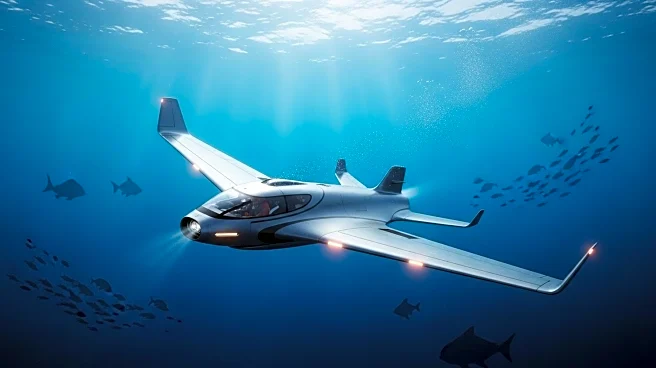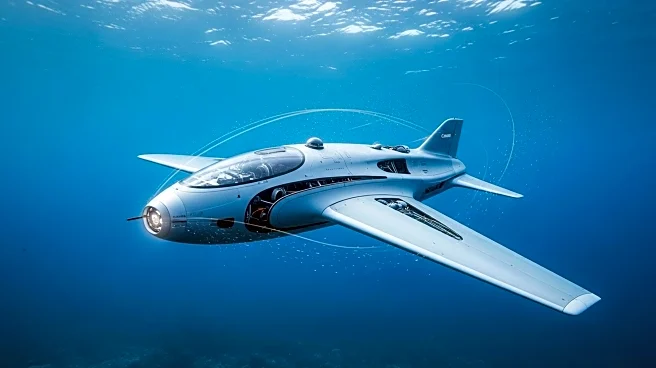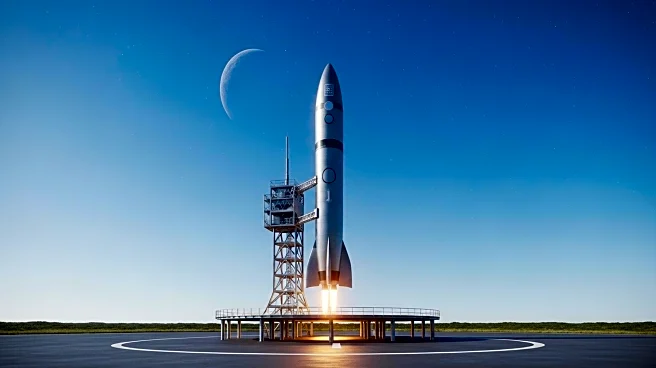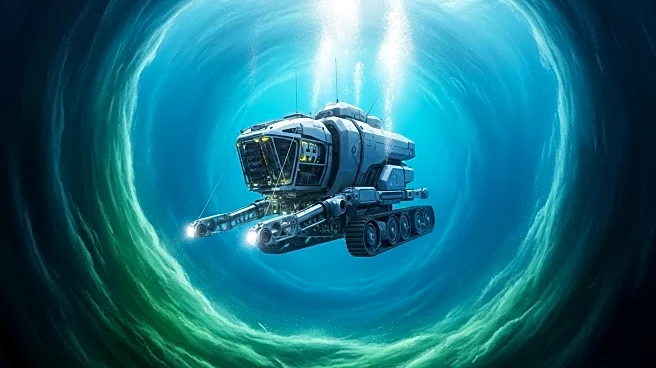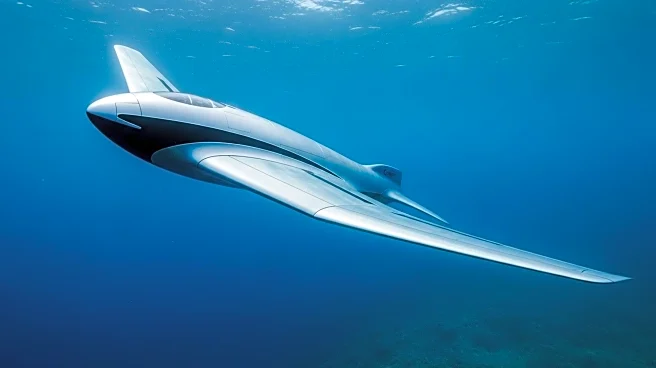What's Happening?
Teledyne Marine, in collaboration with Rutgers University, has initiated a groundbreaking mission involving an autonomous underwater glider designed to circumnavigate the globe. The mission, known as the Sentinel Mission, commenced on October 10, 2025, from the Woods Hole Oceanographic Institution. The glider, named 'Redwing', is equipped to gather extensive data on ocean currents, sea temperature, and their effects on weather systems. This data aims to enhance weather models, improve hurricane forecasting, and inform ocean policy. The glider will travel approximately 73,000 kilometers, making stops in various global locations, including Europe, South Africa, Australia, and New Zealand, before returning to the U.S. The mission represents a significant advancement in unmanned ocean exploration, with the glider transmitting real-time data to the National Oceanic and Atmospheric Administration's global monitoring system.
Why It's Important?
The Sentinel Mission is pivotal for advancing oceanographic research and understanding climate change impacts. By collecting data from under-sampled regions, the mission could refine global weather models and improve predictions of extreme weather events. This initiative supports ocean policy and conservation efforts, potentially influencing future environmental strategies. The mission also showcases the capabilities of long-range autonomous underwater vehicles, which could revolutionize ocean exploration and data collection. The collaboration between Teledyne Marine and Rutgers University highlights the importance of strategic partnerships in advancing scientific research and technology.
What's Next?
The glider will continue its journey, collecting and transmitting data every 8-12 hours. The mission's progress will be monitored and shared with scientists, oceanographers, and meteorologists worldwide. The data collected will contribute to refining global ocean models and understanding long-term climate change. The success of this mission could lead to the deployment of a global fleet of autonomous underwater gliders, enhancing ocean monitoring capabilities and providing early warnings of extreme weather events.
Beyond the Headlines
The mission underscores the potential for autonomous technology to transform scientific research and environmental monitoring. It also highlights the role of international collaboration in addressing global challenges such as climate change. The data collected could inform policy decisions and conservation efforts, emphasizing the need for sustainable practices to protect ocean health.
